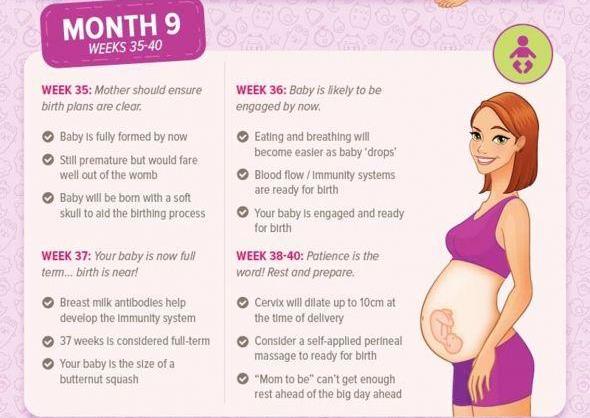What Is Nine Months Before March

For many, the seemingly simple question, "What is nine months before March?" holds profound implications, marking the starting point for a journey of life. The answer, June, represents more than just a month on the calendar; it signifies a critical timeframe for families planning for the arrival of a new child.
Understanding this nine-month window is crucial for expectant parents, healthcare providers, and even policymakers. It influences everything from prenatal care scheduling to resource allocation and public health initiatives.
At its core, calculating nine months prior to March involves basic calendar arithmetic. However, its relevance extends far beyond a simple calculation, touching upon fundamental aspects of human life and societal well-being.
The Significance of June
June, specifically, pinpoints the approximate timeframe when conception would need to occur to result in a birth during the month of March. While the precise gestational period varies slightly, typically ranging from 38 to 42 weeks, nine months serves as a widely accepted average.
This understanding is vital for family planning. It allows couples to strategically consider the timing of conception based on personal circumstances, such as career goals, financial stability, and desired spacing between children.
Furthermore, knowing the approximate conception timeframe helps healthcare providers estimate due dates. This facilitates timely scheduling of prenatal appointments, screenings, and other essential medical interventions throughout the pregnancy.
Who Benefits from Knowing?
The knowledge of this nine-month calculation benefits a wide range of individuals and organizations. Expectant parents are perhaps the most directly impacted.
They use this information to prepare for the emotional, physical, and financial changes that accompany parenthood. This includes budgeting, arranging childcare, and making necessary lifestyle adjustments.
Healthcare professionals rely on this timeframe to provide optimal prenatal care. Early detection of potential complications, personalized advice on nutrition and lifestyle, and preparation for labor and delivery are all crucial aspects.
Public health agencies also utilize birth data related to conception timing to monitor trends and allocate resources effectively. They can identify potential risk factors, such as seasonal illnesses or environmental hazards, that may impact pregnancy outcomes.
How is the Information Used?
The information derived from understanding the nine-month timeframe before March is applied in various practical ways. Doctors use Naegele's Rule, a standard method for calculating due dates, which essentially adds nine months and seven days to the first day of the woman's last menstrual period.
Although this method is a simplification and not perfectly accurate, it provides a useful starting point. Ultrasounds performed during the first trimester offer a more precise estimation of gestational age.
Beyond individual healthcare, the data informs broader public health initiatives. For example, if a spike in births is projected for March, local hospitals can prepare for increased demand for delivery services and neonatal care.
Additionally, research institutions can analyze birth patterns and identify potential correlations between conception timing and developmental outcomes. This can lead to improved interventions and preventative measures.
Potential Societal Impact
The understanding of this specific timeframe, while seemingly simple, has broader societal implications. The timing of births can influence school enrollment projections, impacting resource allocation for education.
Furthermore, seasonal factors related to the conception month (June) can potentially influence maternal health and pregnancy outcomes. Some studies suggest correlations between summer conceptions and certain birth characteristics, though further research is needed.
Policymakers can utilize this information to develop targeted support programs for families, addressing issues such as parental leave, childcare subsidies, and access to quality healthcare.
A Human Perspective
Consider the story of Maria and David, a young couple who carefully planned their pregnancy. Knowing that conception in June would likely lead to a March baby, they meticulously prepared their finances, arranged for parental leave, and began transforming their spare room into a nursery.
For them, understanding the nine-month window was not just a matter of dates and calculations; it was about creating a loving and supportive environment for their child. Their story reflects the profound personal significance this timeframe holds for countless families.
"We wanted to be as prepared as possible," Maria shared. "Knowing the approximate due date helped us to manage our expectations and make informed decisions throughout the pregnancy."
In conclusion, while "nine months before March" equates to June, its significance transcends a simple calendar calculation. It marks a crucial period for planning, preparation, and proactive healthcare, impacting individuals, families, and society as a whole.
By understanding the implications of this timeframe, we can better support expectant parents, optimize healthcare services, and ensure a healthier future for generations to come. The humble question unveils a gateway to a world of planning, care, and hope.


















